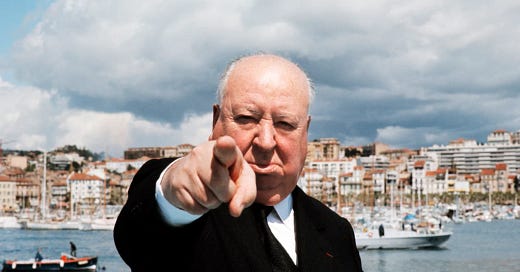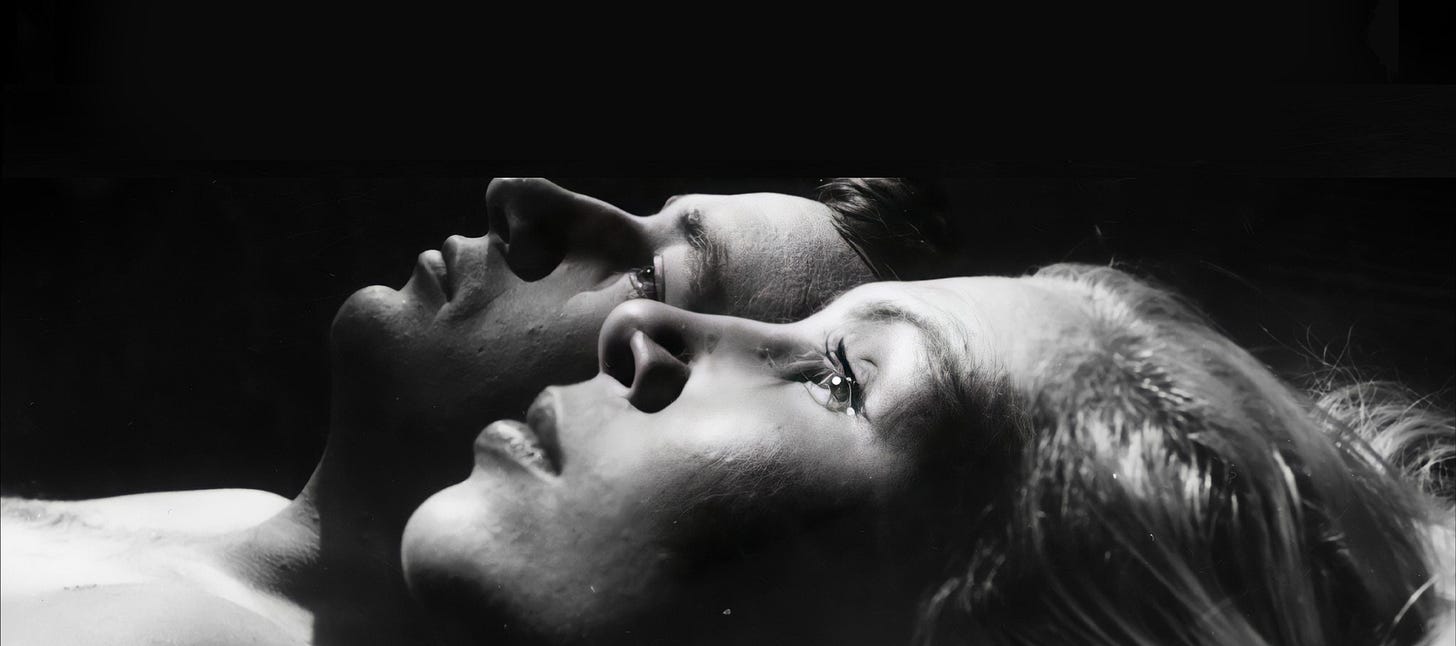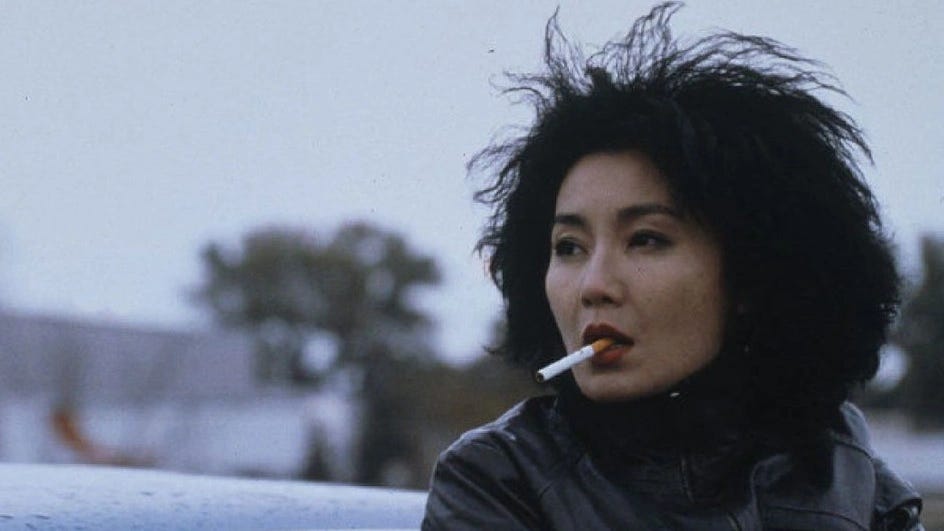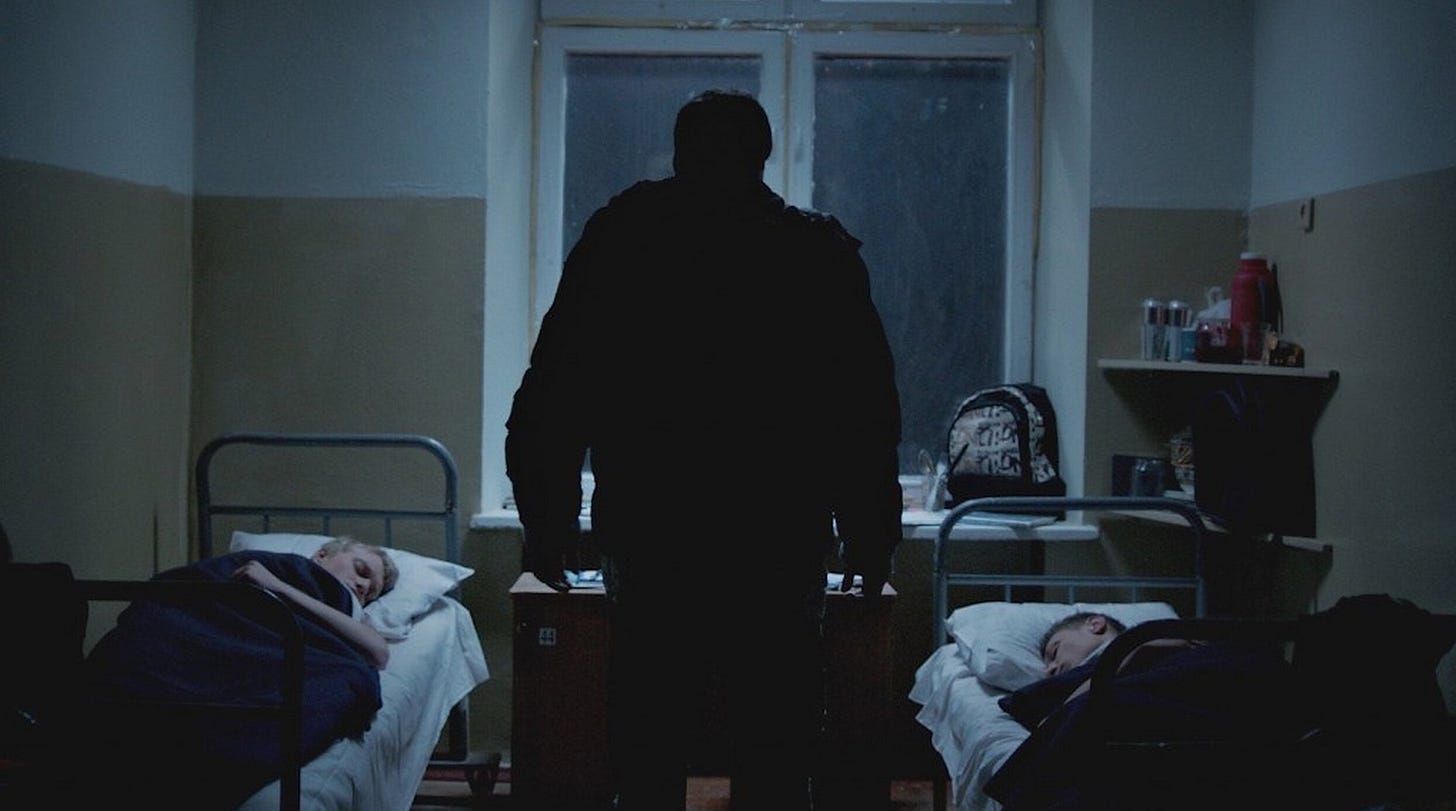
The Cannes Film Festival is underway - that glittering bacchanal where plumed and tuxedoed mavens of cinema dock their yachts and debark onto the Croisette to bask, briefly, in the Riviera sun before vanishing into dark, windowless rooms to sit for many hours and clap their palms raw, while I - miles away in New York - gnaw on a stale croissant. I’m not jealous. Not at all. A little. Ok, a lot.
Cannes has always enchanted me: It is cinema as couture, and one of the last unapologetically snobby cultural gatherings still standing. But it wasn’t always caviar and bone-white loafers. Long before the glitz, the festival emerged as an act of anti-fascist defiance.
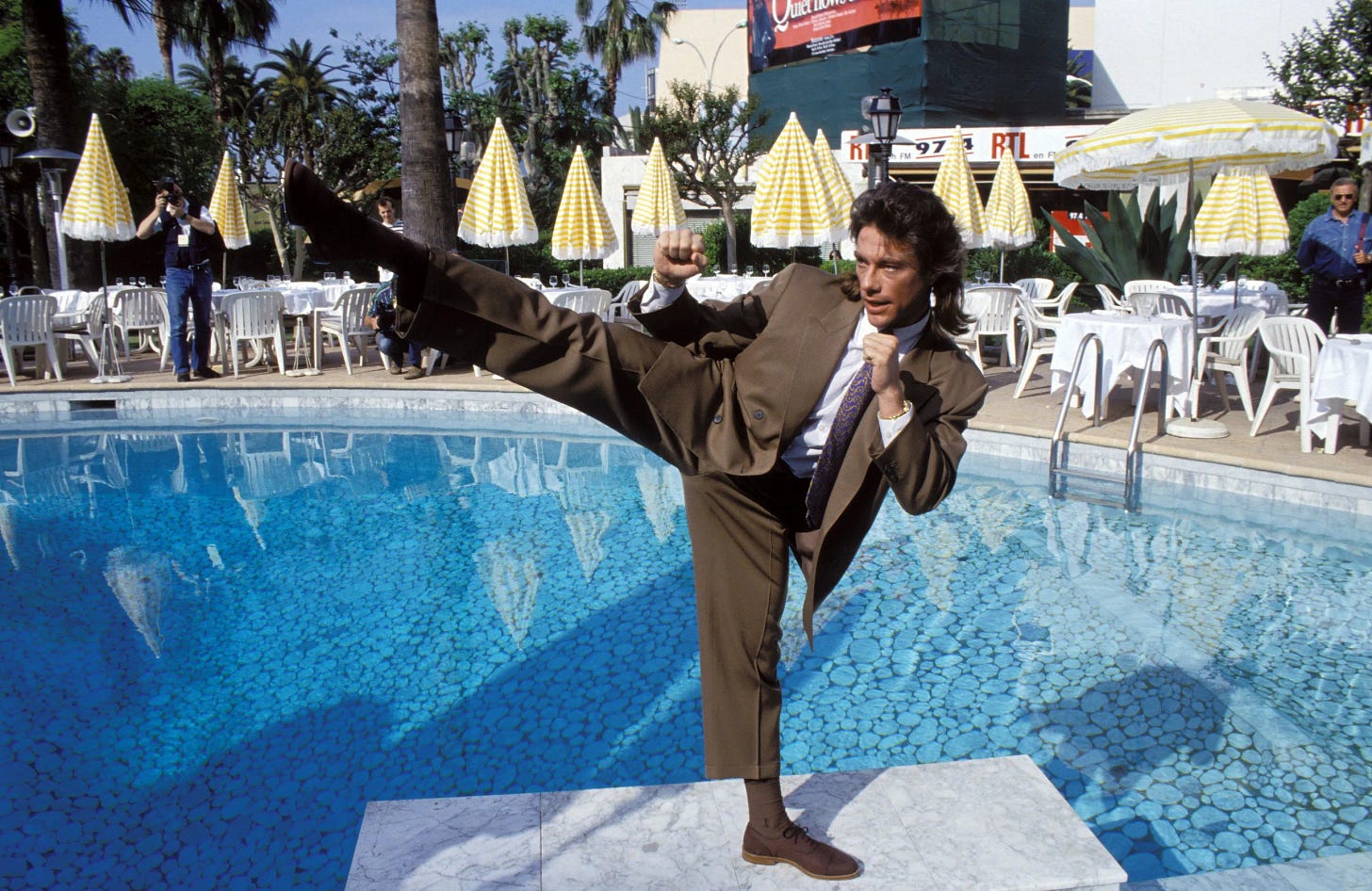
It all began back in 1938 at the Venice Mostra, the world’s first international film competition. While serving as a juror representing France, diplomat Philippe Erlanger was outraged when the jury’s choice for best foreign film, William Wyler’s Jezebel, was dropped from consideration due to pressure from Adolf Hitler. Instead, prizes went to Olympia, Leni Riefenstahl’s Nazi propaganda pageant, and Luciano Serra, Pilot, an Italian fascist paean. Upon returning to France, Erlanger set out to create a rival festival free from autocratic coercion, one where films were celebrated as works of art, not mouthpieces for power.
It would take another eight years, and the fall of fascism, for the festival to officially begin. And every May since, the world’s most celebrated filmmakers and their high-gloss hangers-on have assembled to toast cinema. Today on Underexposed, we raise a glass to five Cannes debuts you may have missed, but really ought to know.
5. La Pointe Courte (1955, dir. Agnès Varda)
As a college student, I spent a semester in Paris, struggling through French cinema and history courses at the Sorbonne and at a small campus on Rue Daguerre - just a few blocks from Agnès Varda’s rose pastel home and studio. La Pointe Courte was among the first of her films I watched. A forerunner of the French New Wave, it follows a young couple retreating to a sleepy fishing village in hopes of mending their fractured marriage, interwoven with vérité-style scenes of local fishermen locked in a battle with the health board.
Shot for just $14,000 and made entirely outside the French film industry, La Pointe Courte was Varda’s debut, crafted when she was still working as a photographer. She claimed she’d barely seen any movies when she made it (“maybe Citizen Kane,” she allowed). The film premiered at Cannes in 1955 and is now widely considered the first film of the New Wave. You can watch it now on HBO Max and the Criterion Channel.
4. Long Day’s Journey Into Night (2018, dir. Bi Gan)
This hypnotic Chinese noir leapt off the screen (literally, it’s shot partly in 3D) when I saw it a few years back, and I’m surprised how few people seem to know about it. Like some bastard mashup of David Lynch and Wong Kar-wai, Long Day’s Journey follows Luo Hongwu (Huang Jue), a casino manager who returns to his boyhood home town when his father dies, where he pursues a mysterious woman he spent a summer with 20 years ago. The film premiered in the Un Certain Regard section of the 2018 festival, where it garnered buzz for an unbroken 59-minute single shot - a sequence that took two months to prepare, and seven takes to get right.
Though the film did well at the Chinese box office in the early days of its release, its fragmented and dreamy structure led to backlash - apparently the hashtag “can't understand Long Day's Journey Into Night” trended online. You can attempt to decipher it for yourself by streaming it via Kino Film Collection here.
3. The Silent World (1956, dir. Jacques Cousteau & Louis Malle)
Plunge into the shadowy blue twilight of the Mediterranean with sharks, mantas, octopi - and Jacques Cousteau. This eerie and poetic underwater documentary, co-directed by then-23-year-old Louis Malle, was one of the first motion pictures to offer a glimpse of the ocean’s depths in color. Shot aboard the ship Calypso, Cousteau and his divers spent two years and over 15 miles of celluloid documenting their adventures.
Some of these “adventures,” it must be said, now read as deeply troubling - harpooned whales, dynamited coral reefs. Cousteau would later condemn these actions and spend the rest of his life as a fervent advocate for marine conservation. But in 1956, when The Silent World opened the Cannes Film Festival and went on to win the Palme d’Or, it must have felt like revelation - like peering into an alien world - a world you can still visit today on YouTube.
2. Clean (2004, dir. Olivier Assayas)
Emily (Maggie Cheung) is clawing her way out of a heroin addiction after the fatal overdose of her rockstar husband. Fresh out of prison, she begins the slow, stumbling work of repairing her life - most urgently, reclaiming custody of her son from his guarded grandparents, her former in-laws (Nick Nolte and Martha Henry).
As critic Kent Jones once observed, Olivier Assayas conjures “a sense of visual space that corresponds to the spiritual space that a character is in” - as Clean so elegantly achieves in its opening and closing moments. A decade had passed since Assayas first directed Cheung in Irma Vep, during which time the two married and divorced. But creatively, their union remained electric. Cheung’s unsentimental performance earned her the Best Actress prize at Cannes. Clean isn’t streaming (tragically), but you can - and should - get it on DVD.
1. The Tribe (2014, dir. Myroslav Slaboshpytskiy)
Not a word is spoken in The Tribe, yet nothing is lost in translation. Set in a Ukrainian boarding school for the deaf, Myroslav Slaboshpytskiy’s nerve-shredding debut is told entirely through sign language, without subtitles. When Serhiy, a new student, arrives at the school, he finds a brutal underworld of sex, violence, and criminality lurks just under the surface. He falls for one of the girls, Anya - and that’s when the real trouble begins.
The Tribe won multiple prizes at Cannes’ Critics’ Week, and went on to be a hit with audiences and critics alike. I saw The Tribe in a theater about ten years ago, and haven’t forgotten it. Believe me, you’ve never seen anything like this. Now streaming on Tubi.
Love movies? Help keep cinema culture alive.
Underexposed is an independent weekly film publication powered by readers like you - not algorithms or advertising. Upgrade to a premium subscription to unlock exclusive articles, bonus videos, and deep dives you won’t find anywhere else.
Fuel the future of moviegoing. Subscribe today.
News Reel
Today,
has graciously handed me the yoke and let me taxi his fine aircraft down the runway. I’ve filed a guest post titled “Five Fun Ways to Break Free from the Algorithm - Before It Breaks You.” Seatbelts optional, turbulence likely. Come aboard.Also this week, I published an article in CrimeReads about a movie genre I adore that practically no one talks about - the screwball thriller: “Thrillers flirt with the absurd. Everyone knows this, except the people in thrillers, who are far too busy misplacing briefcases, dangling from cornices, falling in love with the wrong people, and being chased through cobblestoned foreign capitals to notice how ridiculous everything has gotten.”
If you’re not subscribed to the Substack How Not to be a TV Writer yet, I urge you to do so immediately.
has a terrific investigation of the decline of comedy in entertainment: “At one point or another, you have probably used laughter as a salve; a way to cope with fear, manage anxiety, or process anger. It is a deeply therapeutic form of self-care, and has myriad health benefits in addition to merely improving your mood. But beyond being beneficial to individuals, laughter was essential in building human society.”Hollywood is set to have its entire catalog of copyrighted materials used to train AI, warns
: “The stated reason for that data scraping is to make government data collection and aggregation more efficient. But the end result would be an AI system that had been trained in part on every piece of written material, photo, and moving picture in the Library's collection.”- from wants to reimagine cinemas as “cultural gyms” in the third installment of her excellent series on how to bring cinema back to life: “We've built countless systems to strengthen our bodies. We've normalized therapy for rebuilding mental health. Yet we've allowed the spaces dedicated to cultural fitness to wither while pretending algorithms can replace them. They can't. Just as a YouTube workout video isn't the same as having a trainer adjust your form in real time, no streaming service can replicate the cultural workout that happens when you surrender yourself to a challenging film alongside others.”
That’s all for the free edition of Underexposed - but for you paid subscribers, the party is just beginning. Step past the velvet stanchion - you’re headed to the Underexposed Cannes VIP Lounge - where the air reeks of sunscreen, cigars, and Chanel No. 5. Adrien Brody has promised not to rap. Join us.
Underexposed Cannes VIP Lounge
Keep reading with a 7-day free trial
Subscribe to Underexposed to keep reading this post and get 7 days of free access to the full post archives.

